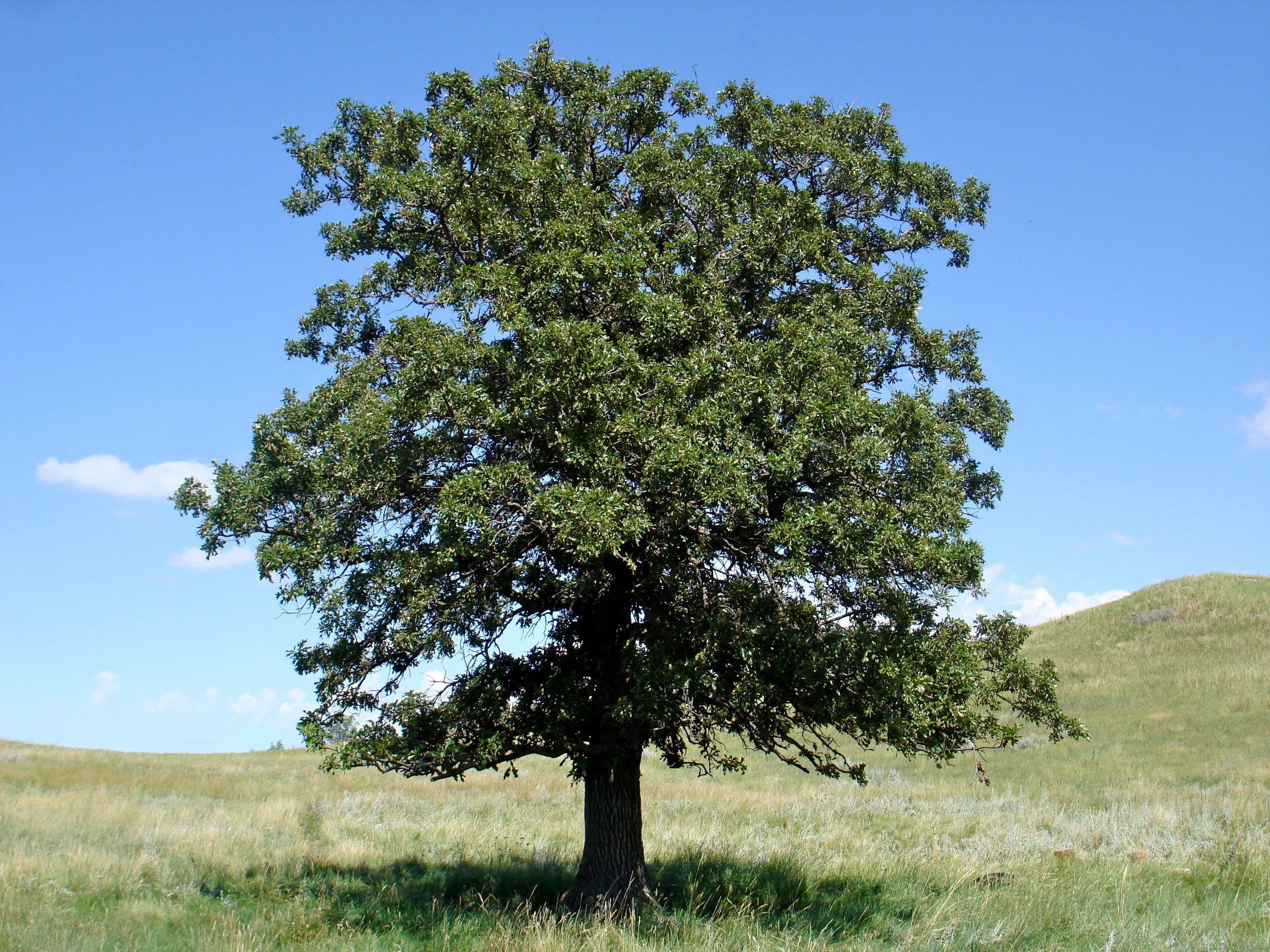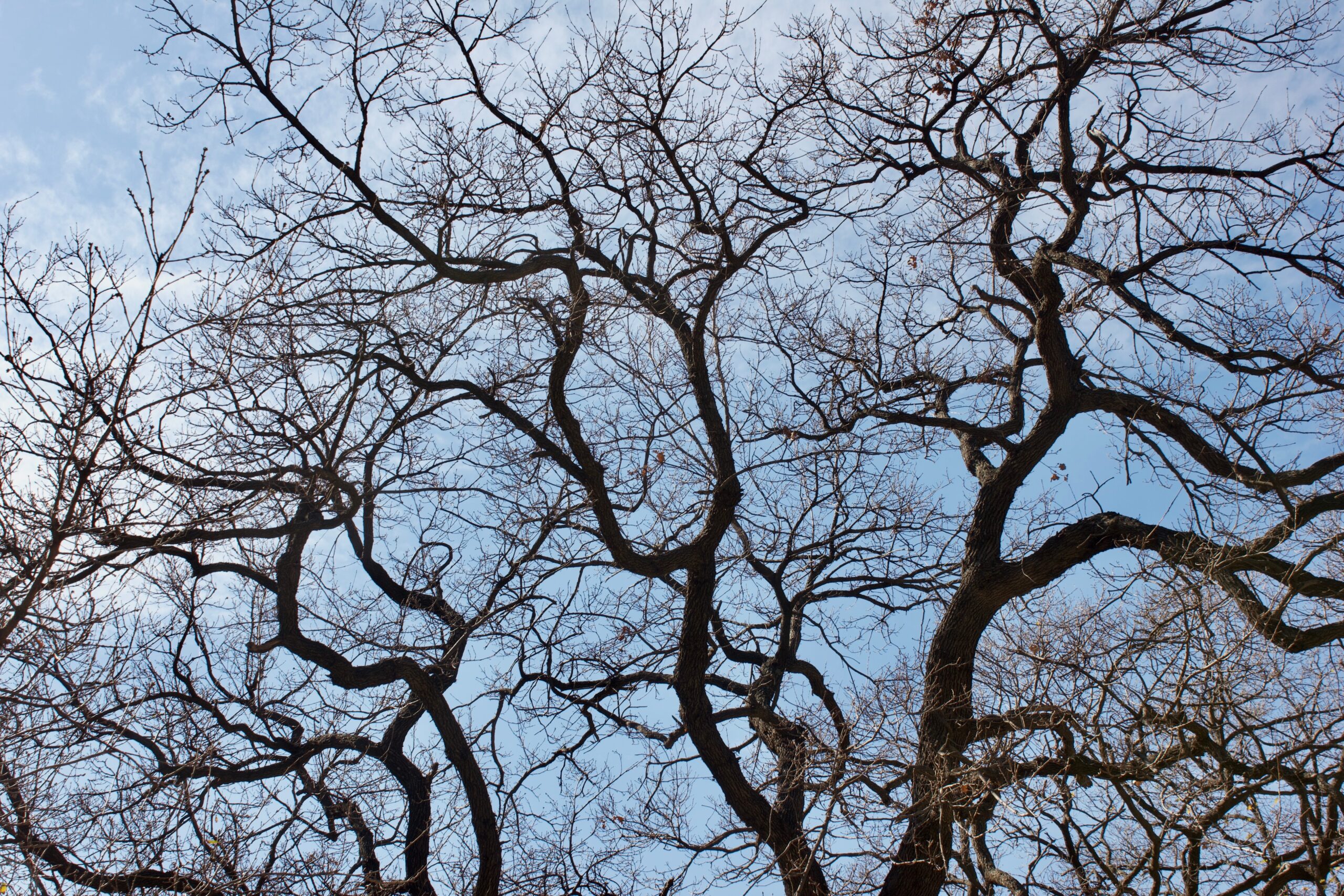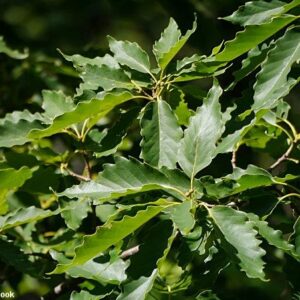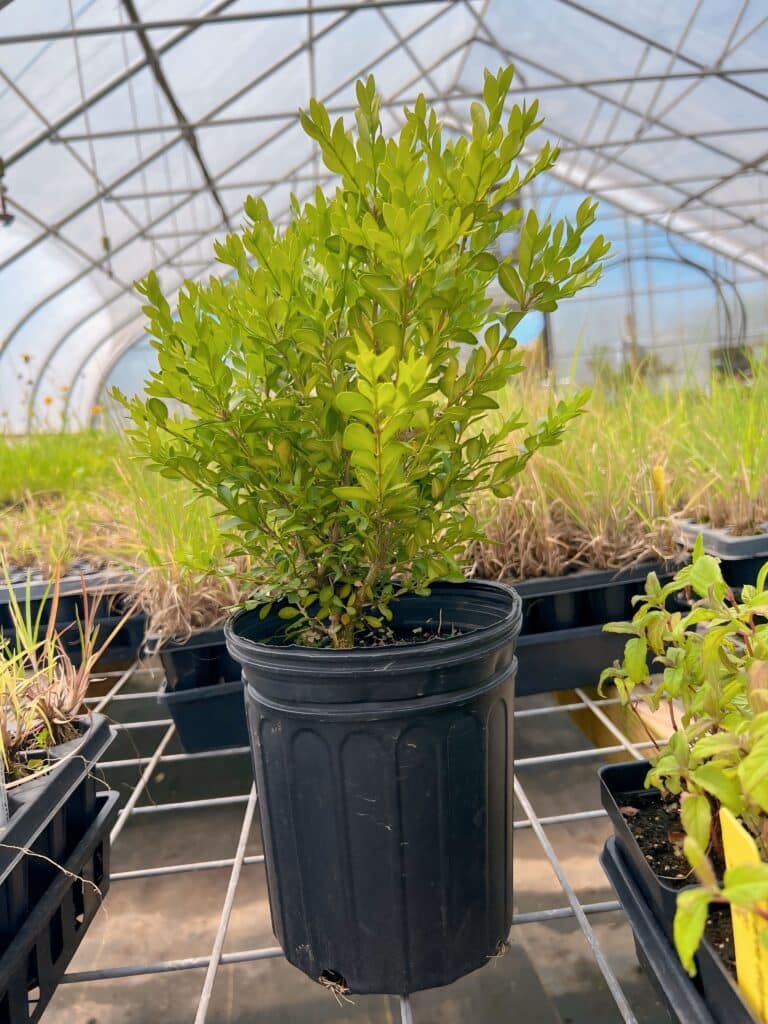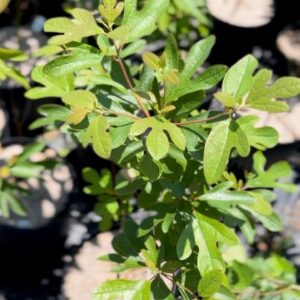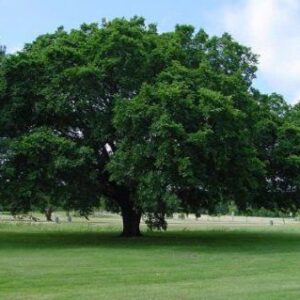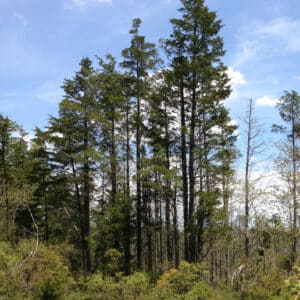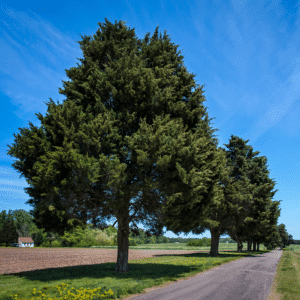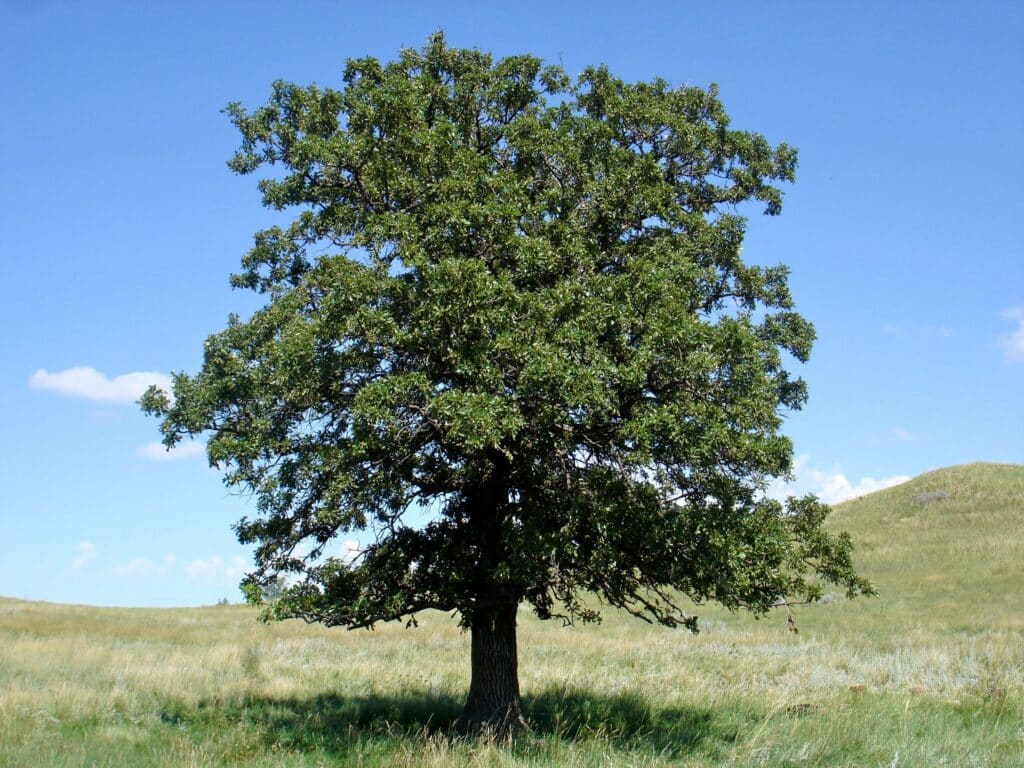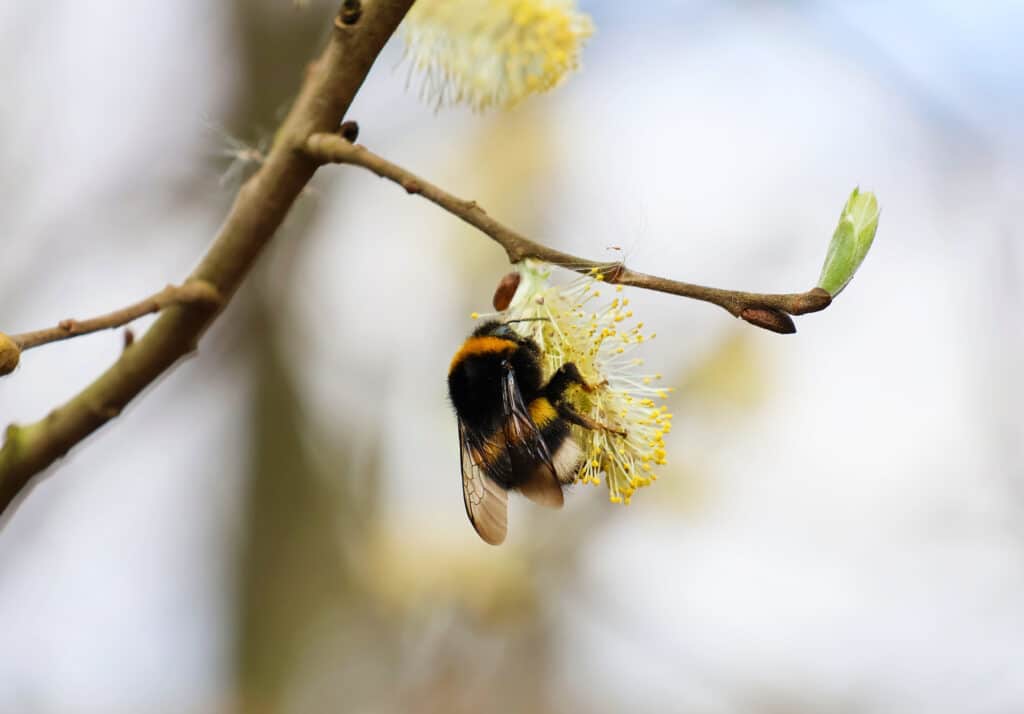Black Oak is a native shade tree with deeply ridged bark, brilliant fall foliage, and valuable acorns. Ideal for dry sites, large landscapes, and wildlife habitats.
Ground shipping is currently paused. Local deliveries throughout Long Island will continue as usual. Pre-orders for fall are now open. Non-local orders will begin shipping again in early September. Click here to learn more.

